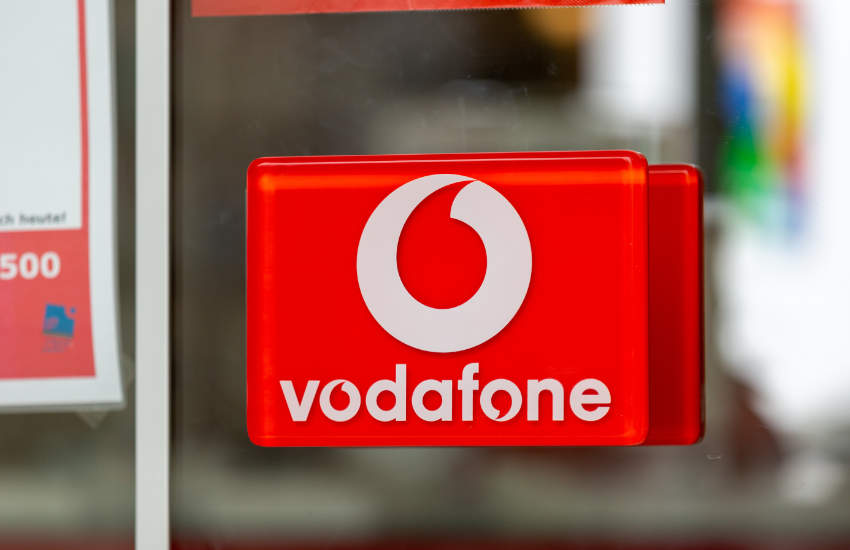Your guide to Bitcoin, Ethereum and Web 3.0
Illustration by Mitchell Preffer for Decrypt
Prices took a dive this week as two banks closely linked to the crypto industry both sank. The first was Silvergate, an actual crypto bank, and the second was Silicon Valley Bank, a technology and startup-focused institution that has key crypto players as clients, including stablecoin issuer Circle and crypto VC firms Andreessen Horowitz (a16z) and Sequoia Capital.
On Thursday, Ram Ahluwalia, CEO of SEC-registered investment advisory firm Lumida, criticized Senator Elizabeth Warren’s negative reaction to the news of Silvergate’s collapse.
The next day, reports emerged that Silicon Valley Bank (SVB) was looking for an external acquisition. Not long after they hit the press, California’s Department of Financial Protection and Innovation shut down the bank and appointed the Federal Deposit Insurance Corporation (FDIC) to take over operations.
Jamie Quint, a general partner at investment firm Uncommon Capital, wrote a long and useful primer on SVB’s downfall.
American investor and entrepreneur Bill Ackman called for government intervention in a multi-tweet thread.
Fintech investor GurGavin cried double-dealing by SVB executives.
Other reports revealed that SVB’s chief executive aggressively lobbied lawmakers for weaker banking regulations.
Raging Capital Ventures, an account that provides economic, political and technology commentary, did a multi-tweet deep dive on SVB’s risky securities investments over the past couple of years.
A video showing the reality of a bank run made the rounds on Twitter this week.
Former SVB employee Samir Kaji called it “the fastest bank run ever” in a long thread breaking down the collapse blow by blow.
Garry Tan, CEO of startup incubator YCombinator, shared the stark reality affecting the companies under his stewardship as a result of the news.
In his multi-tweet thread, New York Times Journalist Paul Krugman accused SVB of “affinity fraud”, a form of trust fraud, but not fraud in the “legal sense”, he explained.
On Saturday, Bill Ackman claimed to know what will happen to SVB depositors whose funds were locked in the bank at the time of the collapse.
Crypto companies distance themselves
Many crypto companies used Twitter to reassure followers that they were not exposed to the collapsed banks. Tether CTO Paolo Ardoino said Tether’s reserves were safe.
Chinese blockchain journalist Colin Wu confirmed Tether’s statement.
Avalanche conceded some exposure to SVB, but none to Silvergate.
The creator of Bored Ape Yacht Club, Yuga Labs, denied it had anything in SVB.
Square the Circle
On Friday, fears began to grow around stablecoin issuer Circle, a company linked to both collapsed banks.
Circle itself tweeted to admit that they had limited exposure to SVB via their cash holdings, some of which they had with the bank.
Crypto holders were spooked anyway, and many ditched USDC.
Popular crypto exchange Binance shut down its internal offramp, claiming this was standard procedure.
Rival Coinbase also halted conversions.
There were some serious signs of slippage on Saturday. At the time of writing, USDC is trading at five cents less than its dollar peg.
Circle eventually admitted the full extent of its exposure to SBV, which appears to be very small compared to its total cash holdings.
Circle CEO and co-founder Jeremy Allaire shared a blog post that outlined the situation in more depth.
A seriously unlucky crypto fan would have been better off sticking with USDC after getting burned for almost a full $2 million trying to dump it quickly… Ouch!


